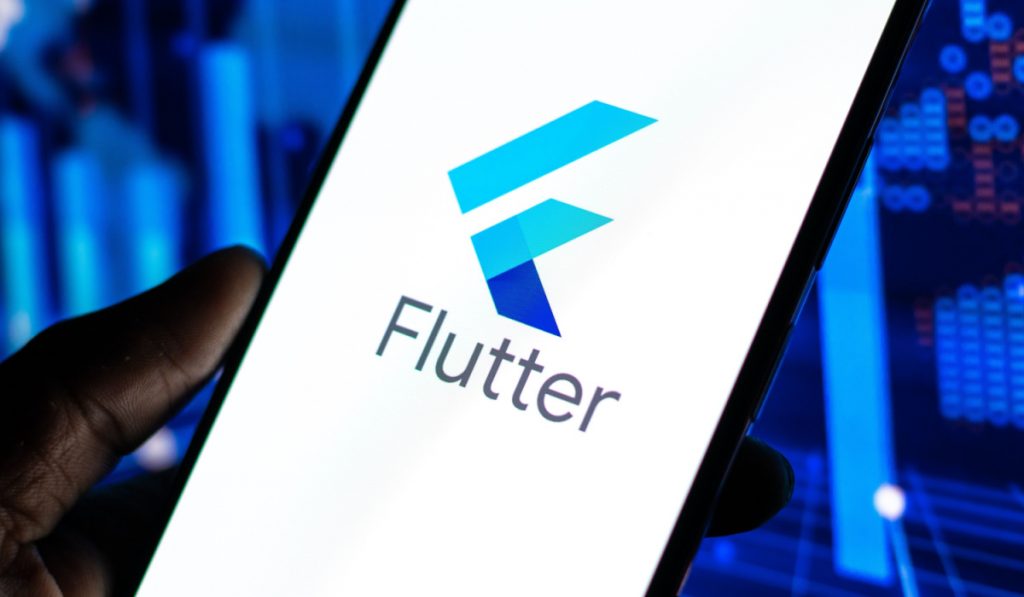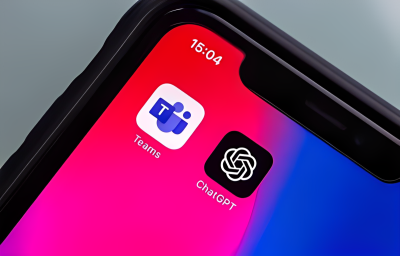Highlights:
- According to Tim Sneath, product lead for Flutter at Google, the number of published apps has surpassed 700,000, and there are currently more than one million Flutter developers.
- Flutter apps can load and run more quickly as Flutter apps are compiled into WebAssembly binaries that support web browsers such as Chrome.
At the recent Flutter Forward developer event in Nairobi, Kenya, Google LLC’s multiplatform, open-source app development framework, Flutter, demonstrated some planned project advancements that illustrated how the framework hopes to support app developers in the future.
Flutter is a user interface toolkit that enables developers to quickly create mobile, web, and desktop apps using a single codebase. As a result, just one piece of code needs to be created to support all of those platforms. It thus makes app development very portable.
According to Tim Sneath, product lead for Flutter at Google, the number of apps published using Flutter has surpassed 700,000, and there are currently more than one million Flutter developers. Flutter is now among the top three open-source projects in terms of contributors.
Google is concentrating on delivering better graphics and a more attractive visual design to the toolkit to keep this momentum toward making Flutter a potent tool for developers. A rewrite of Impeller, a graphics engine designed especially for Flutter, and which offers predictable performance through hardware-accelerated graphics, will be used to do this. It uses Metal and Vulkan primitives, which are present in Android and iOS.
Sneath stated, “Historically, cross-platform frameworks have required compromise on visuals, due to the challenges of creating an abstraction layer. Flutter has taken a different approach than most, with its own rendering layer that offers hardware-accelerated graphics and a consistent visual appearance on every device.”
Now that Impeller supports custom shaders, app developers can add new effects, such as diffuse glow and “god-rays” that shoot out text and objects. The team has already begun work on adding 3D functionality to Flutter, enabling programmers to import Blender models. The team also demonstrated various fresh methods for integrating projects into other frameworks and code due to the interoperability between Flutter and Dart code, the language frequently utilized for Flutter apps.
Web developers now have access to a brand-new “element embedding” feature. As a result, Flutter can be quickly and easily embedded in web pages as content using the “ and lt;div and gt;” tag. The Flutter application becomes a standard web component when embedded in this manner. The team is also starting to develop a brand-new package called “js,” which will enable communication between JavaScript and Dart codes.
The Flutter team wants to allow developers to move their apps to new hardware and operating systems as they become available.
As a result, WebAssembly support has been made available in Flutter. WebAssembly is an upgrade to JavaScript that enables compilation to a binary format for quicker execution. With the support, Flutter apps can load and run more quickly as Flutter apps are compiled into WebAssembly binaries that support web browsers such as Chrome.
The team has also started work on RISC-V compatibility, an open standard instruction set architecture that is becoming popular. RISC-V architectures are widely used as an open-source standard in various industries, including consumer apps, “internet of things” gadgets, automotive, industrial, medical, telecommunications, and others. Dart now supports RISC-V, which enables Flutter to run on such hardware as it becomes available.
Sneath added, “We believe RISC-V support will be of particular interest for embedded scenarios, where Flutter can provide a powerful UI toolkit for a diverse set of needs.”
Because Flutter is primarily aimed at developers, Google formally introduced Dart 3 in alpha. The programming language is given several enhancements, including sound null safety, which enables developers to find unintentional mistakes involving variables changed to “null” before an app is deployed. The team also improved the language’s productivity by providing records that let programmers quickly create and declare data structures and patterns that let programmers break down composite data into its component pieces.
These new features are available for testing by developers in the DartPad interactive playground.
The initial iteration of the news toolkit, which is intended to give news publishers everything they need to quickly build mobile apps for their organizations to reach mobile readers without having to design one from scratch, was a gift from the Flutter team to media companies as well. Everything required to create an article-focused app is included in the toolkit, including navigation, authentication, search, and areas for integrating advertisements, notifications, profiles, and subscriptions.
Several African news organizations, including The Standard, the oldest daily in Kenya, the popular Nigerian sports site named Bold Sports, and Hespress, one of the biggest news organizations in Morocco, were early users of the toolkit.














